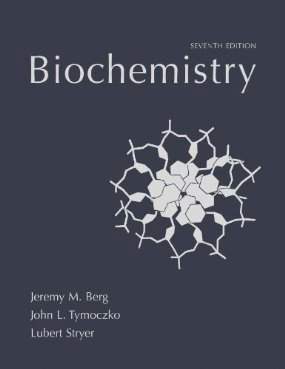Connecting...

For more information, please see full course syllabus of Biochemistry
Biochemistry Gluconeogenesis I
While glycolysis breaks down glucose to use for fuel, gluconeogenesis actually manufactures glucose when the body needs it. This takes place in the liver in mammals. Pyruvate can be converted to phosphoenolpyruvate in a two-step process involving an oxaloacetate intermediate using the enzymes pyruvate carboxylase and PEP carboxykinase. The next steps are essentially reversed glycolysis. Then, fructose 1,6-biphosphate is converted to fructose 6-phosphate using fructose 1,6-biphosphatease which removes a phosphoryl group. The final bypass step is from glucose 6-phosphate to glucose using glucose 6-phosphatease. Sometimes the pathway changes to accommodate specific precursors to pyruvate such as lactase. The pyruvate goes from the cytosol to the mitochondria via a complicated transport mechanism as part of the process takes place in the cytosol and part in the mitochondria.
Share this knowledge with your friends!
Copy & Paste this embed code into your website’s HTML
Please ensure that your website editor is in text mode when you paste the code.(In Wordpress, the mode button is on the top right corner.)
- - Allow users to view the embedded video in full-size.










































 Answer Engine
Answer Engine




Start Learning Now
Our free lessons will get you started (Adobe Flash® required).
Sign up for Educator.comGet immediate access to our entire library.
Membership Overview